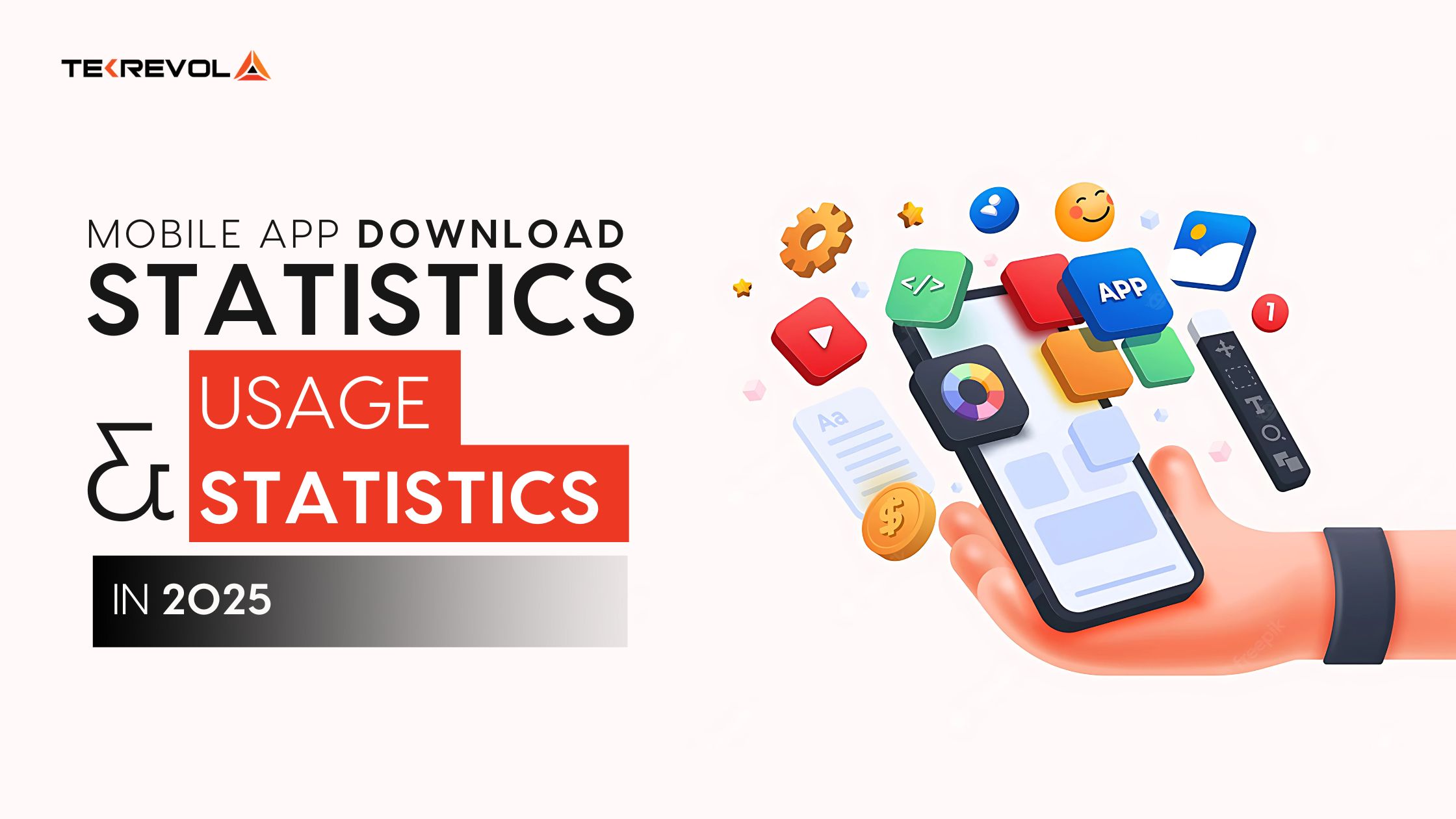Are you tired of a clunky website and slow loading time driving away your potential customers? With your website having less than 8 seconds to convince users to stay and browse, a website that is anything short of functioning seamlessly will fail to retain attention. A well-designed and functional website allows users to easily access information and make purchases. It can also have interactive elements to make the shopping experience smoother.
While such a website sounds ideal for any business, the web development process requires a more structured approach than one might think. So, without further ado, let’s dive and learn what makes a website functional.
Understanding the Web Development Process
The website development process, at its core, has to do with turning ideas into functional web solutions that cater to the needs of users. This means that you will take into consideration the elements of a website that will provide ease and accessibility to users. From responsive design that ensures that the website functions seamlessly on screens of different sizes to SEO techniques that help boost visibility on Google rankings, these features can help take user experience to a whole new level.
Before we get into the web development life cycle, it is important to understand that web development requires a systematic approach to create, deploy and maintain a website. This is usually done by web development services – a team of experts responsible for the various stages of website development, and takes anywhere between 10-14 weeks to complete.
Now, let’s take a look at the steps involved in creating a fully functional website from scratch.
Website Development Phases
When creating a website, the process is typically divided into different phases, each building upon the previous one. Each phase needs to be executed perfectly for the website to function seamlessly. Here are the most crucial ones:
Research and Planning
The first thing you need to do when building your website is to determine the purpose of your website, its goals and the main target audience. The purpose of the website is the reason why you are creating it. Is it to sell your goods or services, to provide information, or for promotional purposes? The goals of the website will give you something to strive towards, when it comes to what you want to include in it or what you hope to achieve out of it. The target audience gives an idea of the people you need to keep in mind while creating your website. For example, a website selling toys will be more colorful and interactive than a website selling life insurance, because of the difference in target audience.
Doing this research will help you formulate a clear and succinct plan for your website. This plan is called a sitemap and consists of all the information that will be available on your website. The sitemap helps you visualize the content on your website and how the user will be directed from one page to the next. It is important in ensuring that your website is easy to navigate.
Design
After you’ve planned out your website, it’s time to determine what it will look like. Using the information gathered during the research and planning phase, web designers will create wireframes and mockups of the layout of your website. This is the time to decide the color scheme of your website, the typography to be used, videos, images etc. You must make sure that your website design aligns with your brand identity. This is why it’s important to keep your target audience and their preferences in mind when designing the website.
Development
Once the design is approved, it’s time for web developers to start working their magic. The development phase is when the actual functioning website is built consisting of all the required features. It involves both front end and back end development of the website. The front end is the part of the website the user sees, like the user interface, pop ups, etc. and involves writing codes in programming languages like HTML, CSS, JavaScript etc. Meanwhile, the back end is what the users don’t see, like the architecture of the website, databases, application programming interfaces (APIs) and more. It’s what ensures proper functionality of the website. Only when both the front end and back end of the website are developed properly will it run smoothly.
Testing and Quality Assurance
Testing the website before launch is one of the most crucial website development steps. This is when you can identify any errors with your website and iterate. Quality assurance (QA) experts help test the website by looking for any bugs or usability issues that may hinder the website from providing a seamless user experience. It also needed to make sure that the website is functioning the same way on different types of browsers, devices, screen types etc to maximize functionality.
Launch and Monitoring
After the website has been thoroughly tested and you’re confident that it’s running seamlessly, then it’s time for the launch. The launch involves deploying the website onto a live server for users all over the internet to access. Before doing this, you need to configure the host settings, upload the files, and conduct a last check to ensure everything is functioning well.
However, your job doesn’t end when the website goes live. You need to continuously monitor the website and maintain it. This entails fixing any performance issues, bugs, and implementing updates to keep the website secure and running smoothly.
Conclusion – Navigating Your Web Development Journey
Building a website from scratch is a complex process that requires careful planning, execution and maintenance. Although I have outlined the basic stages above, there is no concrete approach that everyone must adopt. Your web development process depends on you entirely and can adopt a number of web development strategies that fit your approach and ease the process for you. Embrace the flexibility to tailor your process and integrate strategies that align with your goals, ultimately crafting a website that reflects your vision and serves your audience in the best way possible.

 2079 Views
2079 Views May 8, 2024
May 8, 2024






